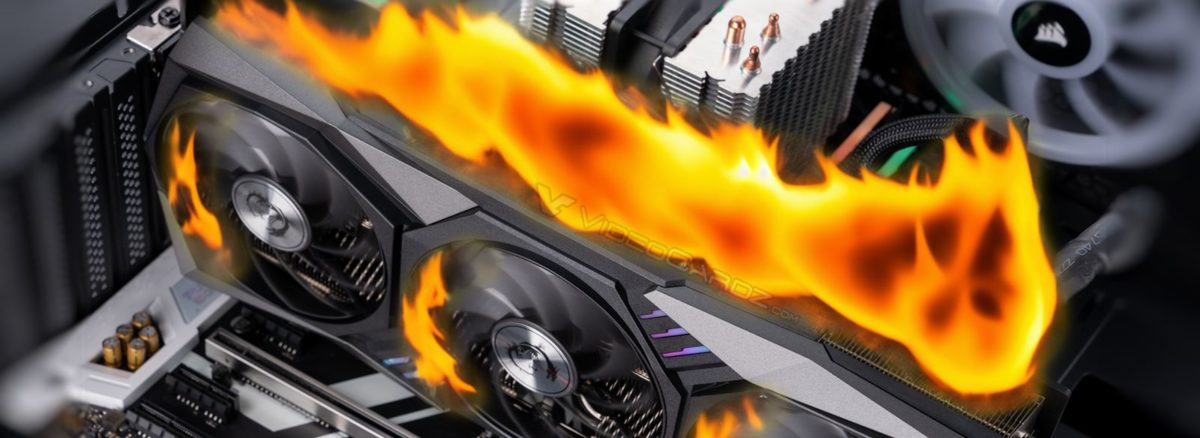Chapter 02 Chapter 2: Getting Ready for the Adventure
Python is programming language of choice for machine learning due to its ease of learning and extensive libraries, including TensorFlow, PyTorch, and Keras. Python's simplicity and readability make it an ideal language for both beginners and experienced developers, while its rich ecosystem of AI-related tools provides robust support for GAN development, fostering a seamless and efficient learning experience throughout the book.

Setting Up the Python Environment
Setting up the Python environment for working involves a few essential steps:
Install Python: Download and install the latest version of Python from the official website (https://www.python.org/downloads/) suitable for your operating system.
Install Required Libraries: Install the necessary Python libraries for GAN development. Commonly used libraries include TensorFlow, PyTorch, Keras, NumPy, and Matplotlib. You can install them using
pip:
pip install tensorflow
pip install torch
pip install keras
pip install numpy
pip install matplotlib- Optional GPU Support (if available): If you have an NVIDIA GPU and wish to accelerate training, you can install CUDA and cuDNN, along with the GPU version of TensorFlow or PyTorch. Refer to the respective library documentation for GPU setup details.
Your Python environment is now ready for GAN development! You can start coding, experimenting, and creating fascinating AI-generated content using the power of GANs.
Data Preprocessing: The Canvas for Creativity

A work on data processing, before we dive into the thrilling world of GANs, let's first talk about data and making sure it's prepared correctly. While the GAN networks and the training is exciting, it is dependent on the data you provide. In fact, the art of data preprocessing is an entire area to itself a crucial step to ensure that your GAN works its magic. Just like a painter prepares their canvas, you'll get your data ready for the artistic showdown.
Understanding Your Data: You'll start by examining your dataset and getting to know your data inside out. Whether it's images, music, or text, understanding the structure and characteristics of your data will be the foundation of our GAN adventure.
Cleaning and Formatting: Every artist needs a clean workspace! You'll roll up your sleeves and clean your data, removing any noise or inconsistencies that could distract your GAN's creativity. You'll also make sure your data is formatted in a way that the GAN can easily understand.
Scaling and Normalization: Like a skilled sculptor, you'll bring your data to the right proportions. You'll scale and normalize your data to ensure that all features are on the same playing field, ready to be molded into masterpieces.
Data Augmentation (Optional Fun!): For an extra touch of flair, you can explore the world of data augmentation - expanding your dataset with clever tricks to give your GAN even more to work with.
Data preprocessing isn't easy or quick!. But it's a necessary step to ensure you results are correct. As they say, 'Garbage in, Garbage out'. If your data is primed and ready, your GAN will deliver on the creative magic. The examples you'll use will have pre-cleaned data ready to use and test - so you get a feel for how things work - but as you become a master of the subject and want to expand and explore your creativity, you'll need to come back to data preprocessing. Very rare to find a perfect data set all cleaned and ready to use for your exact needs.
GPU Acceleration for Faster Training
Graphics processing units (GPU) have become the foundation of artificial intelligence. Machine learning was slow, inaccurate, and inadequate for many of today's applications. The inclusion and utilization of GPUs made a remarkable difference to large neural networks

Checking if PyTorch has GPU Support
Single function call, you can check if your python installation is setup to take advantage of the GPU.
>>> import torch
>>> torch.cuda.is_available()
True
>>> torch.cuda.device_count()
1
>>> torch.cuda.current_device()
0
>>> torch.cuda.device(0)
<torch.cuda.device at 0x7efce0b03be0>
>>> torch.cuda.get_device_name(0)
'GeForce GTX 950M'If a GPU is available, the device variable is set to "cuda", indicating that you want to use the GPU. If a GPU is not available, the device is set to "cpu", indicating that you'll use the CPU.
Why is GPU called CUDA?
The CUDA (Compute Unified Device Architecture) platform is a software framework developed by NVIDIA to expand the capabilities of GPU acceleration. It allows developers to access the raw computing power of CUDA GPUs to process data faster than with traditional CPUs.